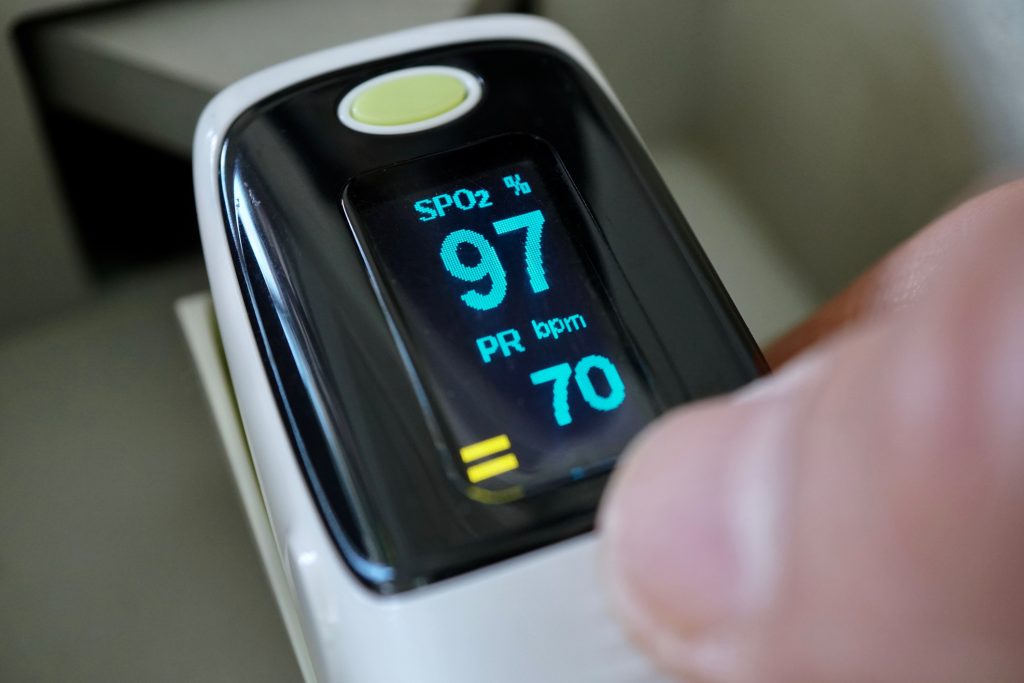Testing levels of arterial blood gases (ABGs) gives your doctor important information about your lung health. ABG tests show how well your lungs take in oxygen from your blood and get carbon dioxide out.
Download Arterial Blood Gases and Pulse Oximetry as a PDF.
How do we measure arterial blood gases?
Your doctor will take blood from one of your arteries, usually near your wrist. They send the blood to a lab to measure its blood gases. The most important measurements in your blood gas sample are:
- Acid-base balance (pH)
- Carbon dioxide (PaCO2)
- Oxygen (PaO2)
- Oxygen saturation (SaO2)
What do those measurements mean?
pH: This is your body’s acid-base balance. Although body fluids are mainly water, they do contain a mixture of acids and bases. If your blood pH is below 7.35, you have too much acid (acidosis) If your pH is above 7.45 you have too much base (alkalosis).
To function properly, your body needs a balanced pH. Lung disease or problems in other organs can cause too much acid or base in your arterial blood.
PaCO2: This is the amount of carbon dioxide in your arterial blood. We measure PaCO2 in units called “millimeters of mercury” (mm Hg). CO2 build-up in your blood is often a sign of severe lung disease.
PaO2: This is the actual amount of oxygen in your arterial blood. We also measure PaO2 in millimeters of mercury (mmHg). This value decreases somewhat as we get older. A low PaO2 may mean abnormal lung function.
SaO2: This is the percentage of hemoglobin molecules in your blood that are carrying oxygen. For example, 80% or 95%.
Note: At high altitudes, oxygen and saturation levels may decrease. During airline flights, these levels may also be affected.
Pulse Oximetry
A pulse oximeter is a device that estimates the saturation of oxygen in your blood (SaO2). It’s not as accurate as an arterial blood gas saturation. So, it’s best used as a guide for oxygen levels. Normal values range from 93-100%.
Most pulse oximeters clip onto your finger, but some may be attached to an ear lobe.
Learn more
Find out about other pulmonary function tests.
For more in-depth information on this topic, please visit the Big Fat Reference Guide (BFRG). If you are enrolled in AlphaNet’s Subscriber Portal, you can access the BFRG here.
Download Arterial Blood Gases and Pulse Oximetry as a PDF.

